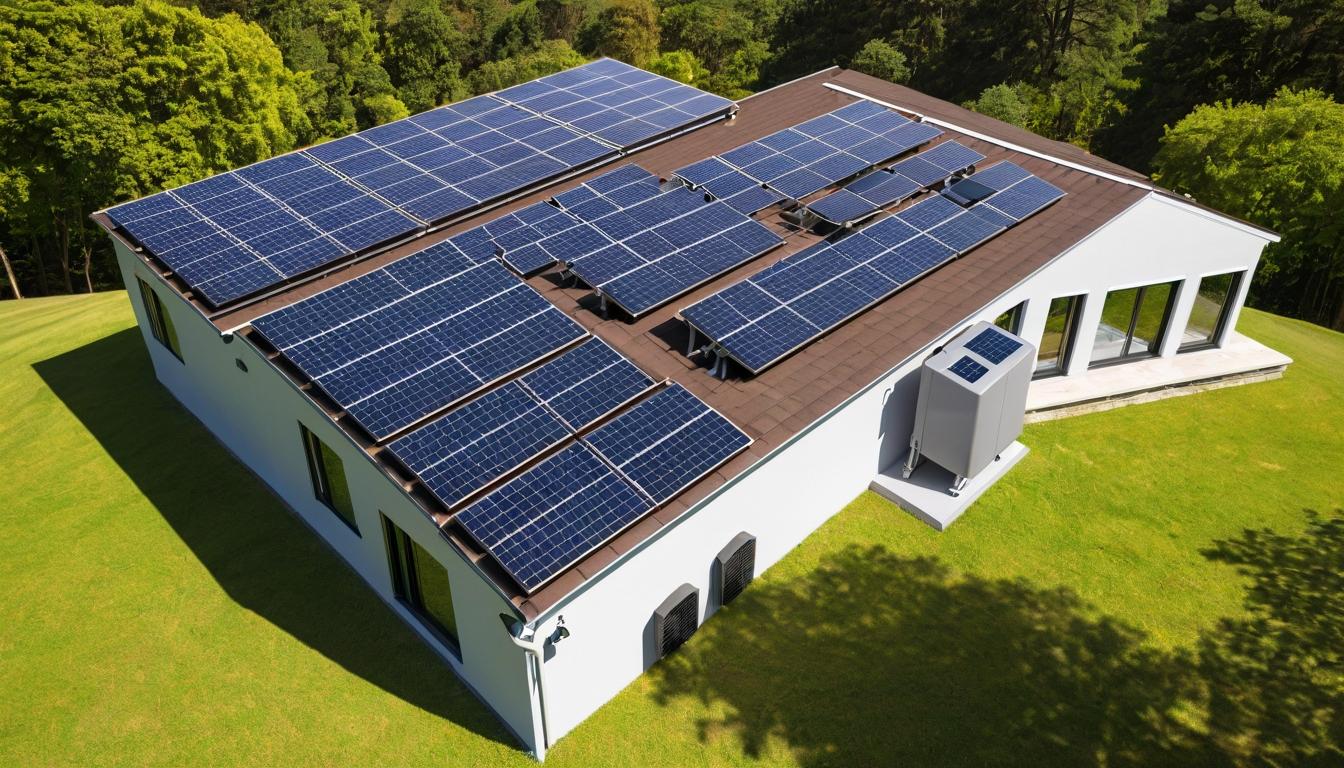Walking through the sprawling solar farms of California's Mojave Desert, the sheer scale of what's happening in renewable energy hits you like the desert heat. Rows upon rows of photovoltaic panels stretch toward the horizon, but the real story isn't in what you can see—it's in what's happening behind the scenes, in research labs, boardrooms, and the homes of everyday Americans who are quietly taking control of their energy futures.
What most homeowners don't realize is that the solar panels themselves have become almost secondary to the technology that supports them. While manufacturers continue pushing efficiency boundaries—with some panels now converting over 22% of sunlight into electricity—the real breakthroughs are happening in energy storage, smart inverters, and grid integration technologies. These are the unsung heroes making solar power reliable enough to power homes through nightfall and cloudy days.
Battery technology has evolved from clunky, expensive units to sleek, intelligent systems that learn your energy habits. The latest lithium-ion batteries aren't just storing energy—they're communicating with your home appliances, your electric vehicle, and even the broader grid. During peak demand hours, these systems can sell stored energy back to utilities, turning homeowners into mini-power producers. It's a quiet revolution happening in garages and basements across the country.
The inverter market has become the new battleground for solar innovation. Modern microinverters and power optimizers aren't just converting DC to AC—they're monitoring each panel's performance, identifying shading issues, and automatically rerouting power for maximum efficiency. Some systems can even detect when a single panel needs cleaning or maintenance, sending alerts before production drops significantly.
Financing solar installations has undergone its own transformation. The old model of massive upfront costs has given way to creative solutions that make solar accessible to nearly any homeowner. Power purchase agreements (PPAs), solar leases, and various loan programs have removed the financial barriers that once kept solar as a luxury for the wealthy. What's surprising is how these financial models have evolved to include community solar projects, allowing renters and apartment dwellers to participate in the solar revolution.
Manufacturing innovations are driving costs down while pushing quality up. The solar industry has learned from semiconductor manufacturing, adopting automated production lines and rigorous quality control measures. The result? Panels that last longer, perform better, and cost significantly less than they did just five years ago. Some manufacturers are now offering 30-year warranties, a testament to their confidence in the technology's longevity.
Installation techniques have evolved from complex, multi-day affairs to streamlined processes that can have a system operational in a single day. Integrated mounting systems, plug-and-play components, and improved safety features have made solar installation faster and safer. The best installers now use drone imagery and 3D modeling to design systems virtually before ever setting foot on a roof.
Maintenance has become almost nonexistent for modern solar systems. With no moving parts and self-cleaning coatings on some panels, today's systems require little more than occasional visual inspections. Monitoring happens automatically through cloud-based platforms that track production in real-time and alert homeowners to any issues long before they affect energy output.
The regulatory landscape continues to evolve, with net metering policies adapting to the growing number of solar installations. Some states are experimenting with time-of-use rates that actually benefit solar owners, while others are developing virtual power plant programs that aggregate residential systems into grid-scale resources. These policy innovations are crucial for the continued growth of distributed solar energy.
Looking ahead, the integration of solar with other smart home technologies represents the next frontier. Imagine a system where your solar panels communicate with your EV charger, your thermostat, and your appliances to optimize energy usage throughout the day. This level of integration isn't science fiction—it's already happening in pilot programs across the country.
The environmental benefits extend far beyond reduced carbon emissions. Modern solar manufacturing has become significantly cleaner, with many manufacturers using renewable energy to power their factories and implementing comprehensive recycling programs for end-of-life panels. The industry is moving toward a truly circular economy model.
For homeowners considering solar, the decision has never been more compelling. Between falling costs, improved technology, and creative financing options, solar represents not just an environmental choice but a smart financial investment. The systems pay for themselves while providing energy security and independence from utility rate fluctuations.
The future of solar isn't just about generating electricity—it's about reimagining our relationship with energy entirely. From community microgrids to integrated home energy systems, solar technology is enabling a decentralized, resilient energy infrastructure that puts power back in the hands of consumers. It's a transformation happening one rooftop at a time, and it's only just beginning.
The solar revolution: beyond panels and into the future of energy independence

